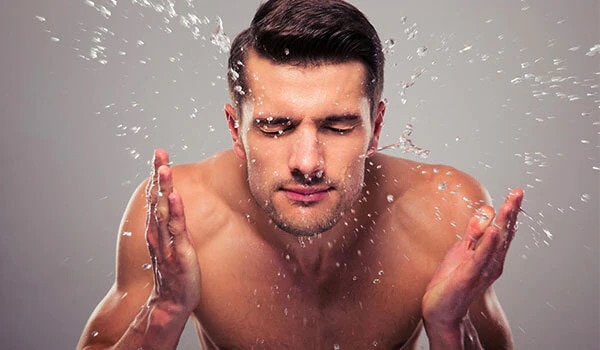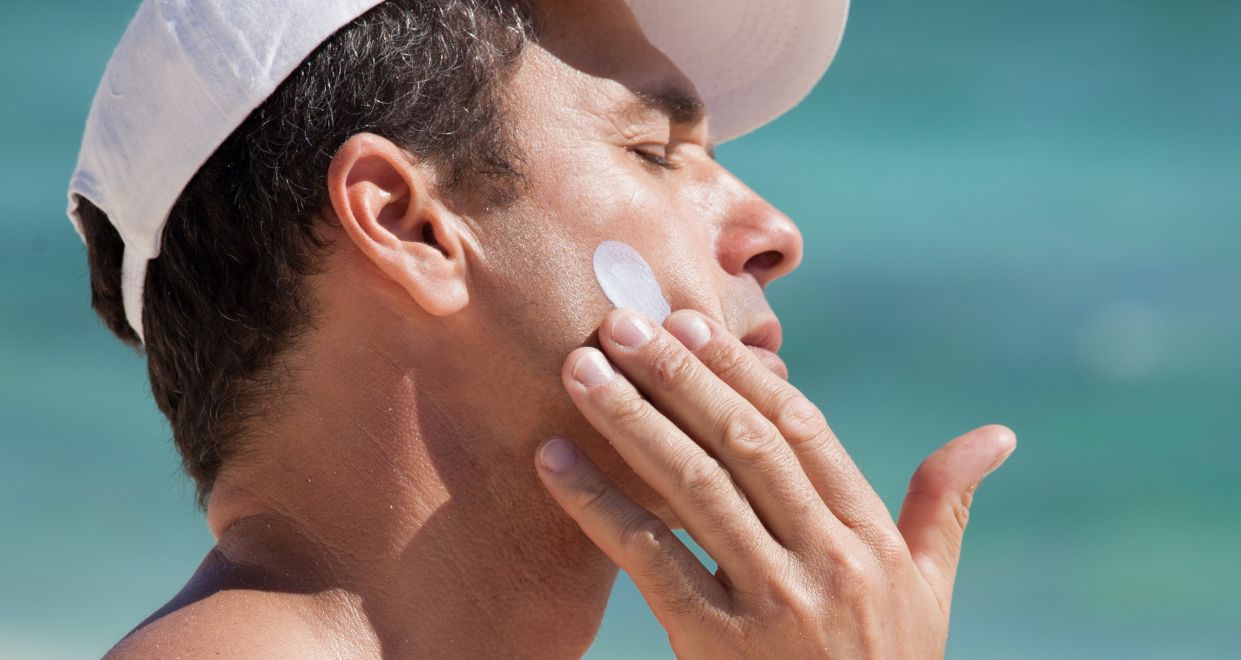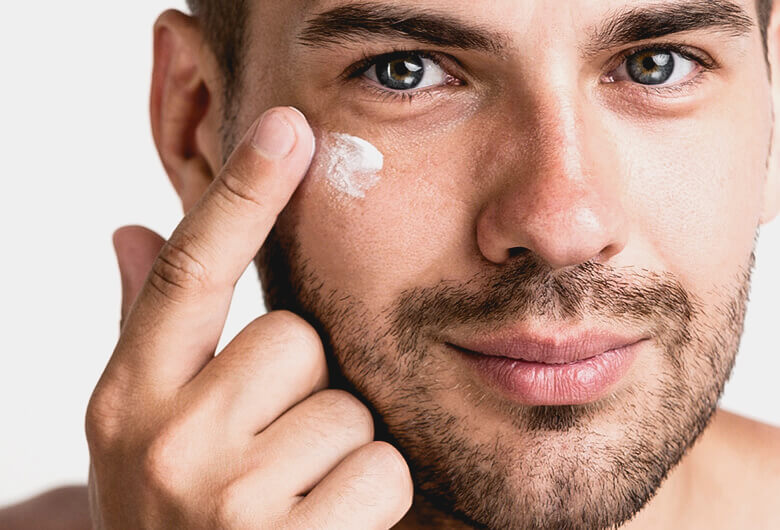Facial cupping is an ancient technique, rooted in Traditional Chinese Medicine, that has gained popularity in recent years for its potential benefits to skin health. This non-invasive therapy involves using small, soft suction cups on the face to stimulate blood flow, lymphatic drainage, and collagen production.
WHAT IS FACIAL CUPPING?

Cupping is an alternative therapy that involves using suction cups to stimulate the skin and muscles, which can be applied to both the face and body.
The suction helps improve blood circulation, potentially easing muscle tension, supporting cell repair, and aiding in overall regeneration. It is also believed to enhance the flow of “qi” (pronounced “chee”), a Chinese term referring to life force.
While cupping is a key element of Traditional Chinese Medicine, some researchers suggest that the earliest visual depictions of the practice can be traced back to ancient Egypt.
IS FACIAL CUPPING THE SAME AS BODY CUPPING?
While facial and body cupping share the same restorative principles, they are performed differently.
Facial cupping uses smaller, softer cups to gently pull the skin away from the deeper layers of fascia, increasing blood flow and rejuvenating the skin without leaving marks. Over time, this practice is said to improve complexion and reduce fine lines and wrinkles, according to Ananda Emily Reese, LAc, of Reese Acupuncture.
In contrast, body cupping is mainly used to relieve aches and pains and often leaves cup marks. These marks help diagnose the level of “stagnation” or cellular waste in the area, which fades as the lymphatic system processes it.
HOW DOES CUPPING WORK?

The suction from cupping draws blood to the area beneath the cup, saturating the tissue with fresh blood and encouraging new blood vessel formation. Cupping also induces sterile inflammation, which results from mechanical trauma. This microtrauma triggers an inflammatory response that floods the area with white blood cells, platelets, and healing agents.
WHAT ARE THE BENEFITS?
Facial cupping is believed to:
- Increase oxygen-rich blood circulation
- Strengthen skin and connective tissues
- Stimulate collagen production
- Relax muscle tension
These benefits are said to help:
- Brighten the skin
- Minimize scars, fine lines, and wrinkles
- Tone areas like the chin, jawline, neck, and décolletage
- Reduce puffiness
- Regulate oil production
- Improve nutrient delivery and product absorption
WILL IT LEAVE BRUISES?
Facial cupping typically doesn’t cause bruising, but it can occur if the cup is left in one spot too long. Reese suggests moving the cup every few seconds to avoid discoloration, which can develop in as little as five seconds.
ARE THERE ANY OTHER SIDE EFFECTS OR RISKS?
While generally safe, minor side effects may include:
- Dizziness
- Lightheadedness
- Nausea
- Cold sweats
Lana Farson, LAc, advises against using facial cupping on broken or inflamed skin, such as during active breakouts, rashes, or sores.
CAN YOU USE FACIAL CUPS AT HOME?
At-home cupping kits are available, though professional care may provide more even results and ensure proper technique. If you opt for home cupping, consult with your practitioner for guidance and to avoid unwanted bruising as you refine your technique.
HOW DO I GET STARTED?
There are various cupping kits, made from materials like hard plastic or soft gel. Choose one based on personal preference and follow the kit’s instructions. Generally, you should:
- Wash and pat your face dry.
- Massage the skin lightly to release tension.
- Optionally apply a light layer of face oil to prevent bruising.
- Start with a small cup on your chin and mouth area, then move upward.
- Switch to larger cups for areas like your forehead.
- Continue until all desired areas are treated.
- Cleanse your face afterward, using warm water to reopen pores.
- Finish your skincare routine, as cupping enhances absorption.
Minor redness and irritation may occur but should subside in a few hours.
HOW DO I FIND A PROVIDER?
You can search for local acupuncturists specializing in facial rejuvenation or facial cupping. Websites like Acupuncture Today and Cuppingtherapy.org offer directories of practitioners. Always schedule a consultation to learn about their credentials and experience.
WHAT SHOULD I EXPECT FROM MY APPOINTMENT?
Your session length will depend on your provider’s practice. A typical facial cupping session may last about 10 minutes, but if combined with other therapies like acupuncture, it may take longer. Reese suggests starting with weekly sessions for 10 weeks, followed by monthly maintenance appointments. Afterward, you should be able to resume your usual activities without restrictions.
CONCLUSION
Facial cupping helps boost circulation, which can reduce the appearance of fine lines and wrinkles, minimize puffiness, and offer other benefits. While you can try facial cupping at home, it’s a good idea to consult an experienced practitioner for your first session. They can address any questions you have and provide personalized advice for your skincare needs.











